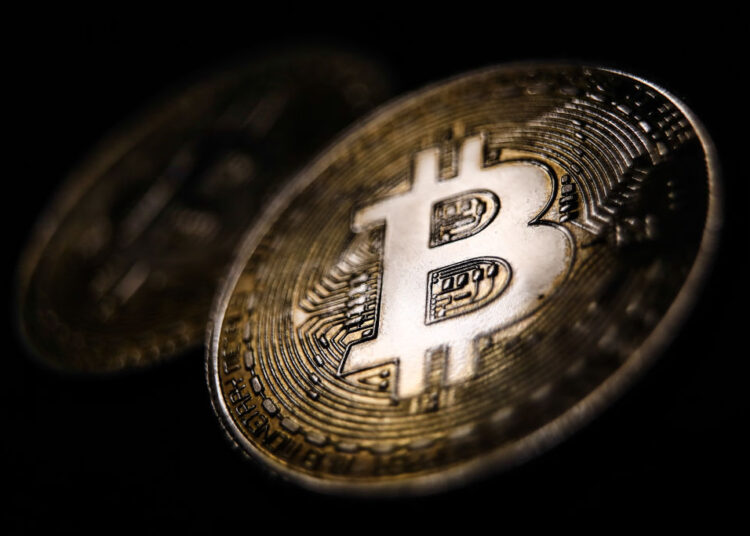Satoshi Nakamoto, the anonymous developer of bitcoin (BTC), mined the first-ever bitcoin (BTC) block known as the genesis block over a decade ago, kicking off the cryptocurrency boom that continues to dominate global crypto markets today.
Bitcoin is almost synonymous with digital currencies as it was the first to be formed and is the most valuable by market capitalization (as of 3 May 2022). BTC’s value increased by 55 percent in 2021, from $29,374 on January 1 to $46,306 on December 31, surpassing the $60,000 milestone twice.
Its story progressed from being “just a peer-to-peer version of electronic cash” to becoming a store of value and being compared to gold as an inflation hedge.
Although bitcoin’s growth is undeniable, there are still concerns about the cryptocurrency’s future: Will bitcoin’s price rise in the long run, and what are the bitcoin price estimates over the next few decades?
Cost of halving events is likely to rise
Bitcoin mining is based on a blockchain, which links all public transactions. BTC miners compete against one another to solve mathematical equations and authenticate the legality of transactions using a Proof-of-Work (PoW) consensus. They are paid with BTC tokens, which encourages them to participate in the crypto-mining ‘game.’
The total supply of Bitcoin is limited to 21 million coins. There are currently 19 million BTC in circulation as of May 3, 2022.
To slow the rate at which new BTCs are distributed to users, the cryptocurrency was planned to have halving events every four years, which would cut the number of bitcoin tokens released into circulation in half, reducing their supply and making them scarcer, therefore enhancing their value.
According to Capital.com, after a halving event, the value of BTC saw a bull market that lasted between 12 and 15 months. The BTC price has risen by 9,915 percent, 2,949 percent, and 665 percent in the three previous halving occurrences, which occurred in 2012, 2016, and 2020, respectively.
While halving events tend to generate excitement in the crypto community, they do not guarantee that bitcoin’s price will rise in the future.
“From a historical standpoint, each successive halving drives the BTC price rise a little lower, indicating that the effect of bitcoin halving may be waning.” That isn’t to say that the halving won’t raise prices; nevertheless, its impact is diminishing every four years, according to Capital.com’s research team.
The fifth and sixth halving events for bitcoin, which are scheduled for 2028 and 2032, respectively, as well as the halving cycle surrounding them, could influence the bitcoin forecast for 2030.
Other factors that influence the price of Bitcoin
The worldwide cryptocurrency market was worth $1.49 billion in 2020. According to Allied Market Research, the value of the company might increase by 12.8 percent to $4.94 billion by 2030.
Meanwhile, according to research published in December 2021 by ResearchAndMarkets.com, the global cryptocurrency industry might grow to $2.73 billion in 2025, up from $1.63 billion in 2021.
The Bitcoin network received a much-anticipated upgrade known as Taproot in November 2021, making the token cheaper, more efficient, and private. Bitcoin was able to perform smart contracts as a result of this (similarly to its number-one rival Ethereum). Ethereum’s smart contracts helped it become the most popular blockchain, but the Bitcoin update may result in an increase in daily users, which is a positive development.
Bitcoin’s future price could benefit from rising adoption rates. As of March 31, 2022, 7,855 retailers accept Bitcoin as a form of payment, and as this number climbs, the token’s price will rise due to increased demand.
Is bitcoin a decent way to protect against inflation?
A number of observers have pointed out that gold and Bitcoin share remarkable parallels.
“It’s tough to overlook the parallels between bitcoin and gold. Both are viewed as natural inflation hedges, rightly or wrongly; there is a finite amount of both; they usually have low correlations to equities and fixed income; and they act as a store of value outside of traditional systems such as governments or central banks,” according to an ETF Stream report.





